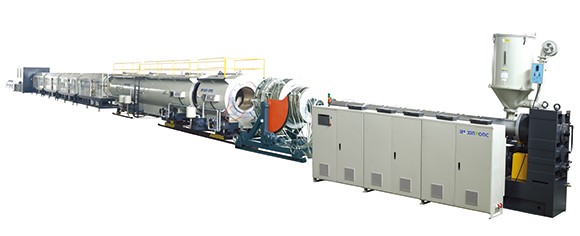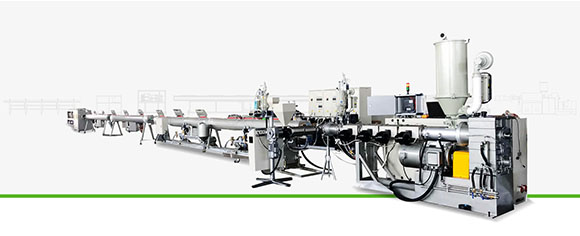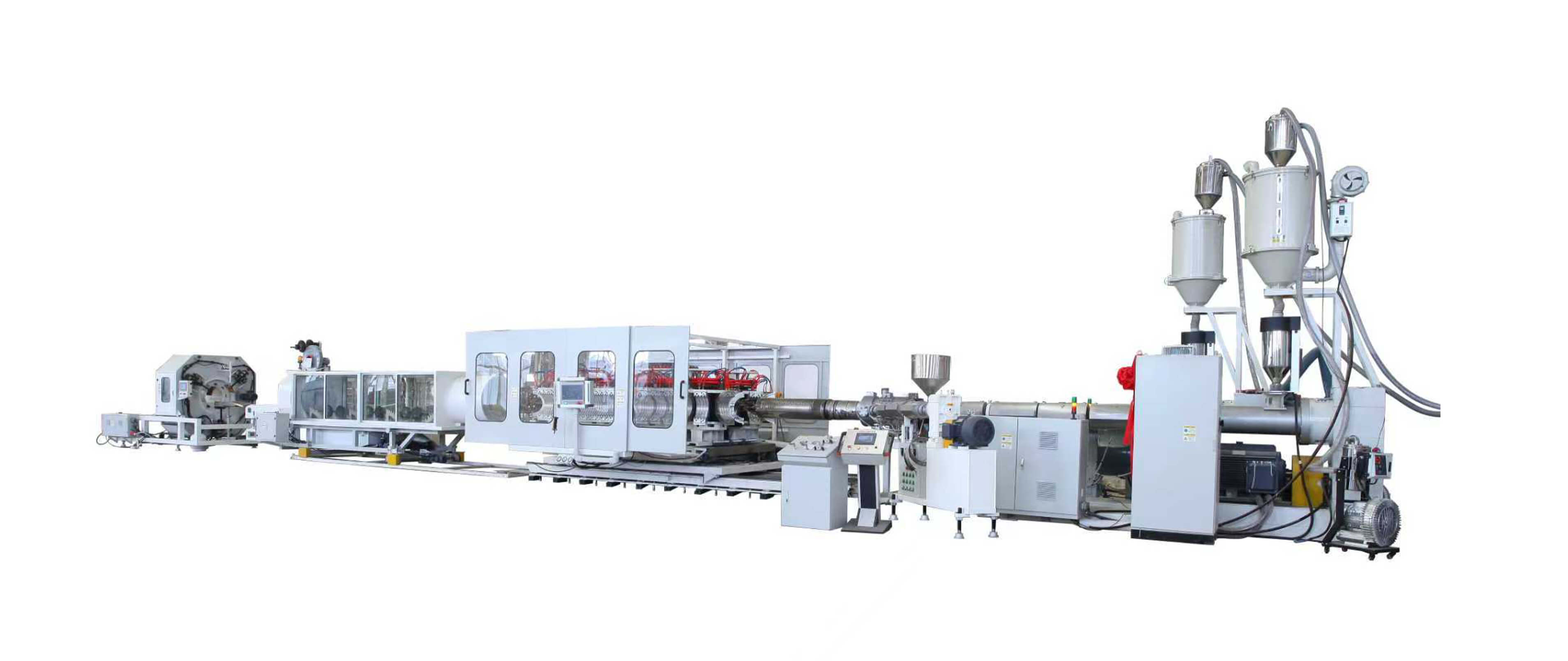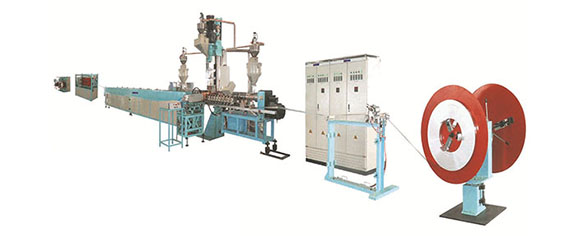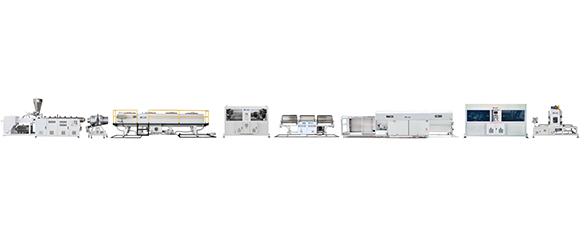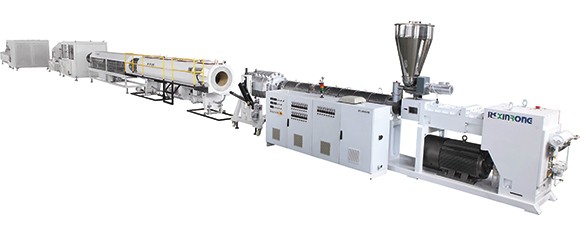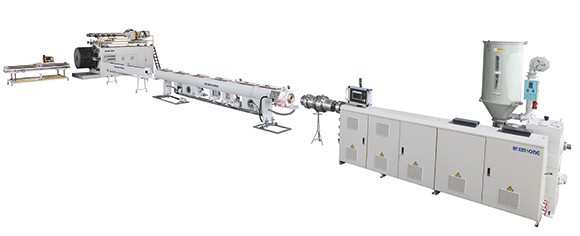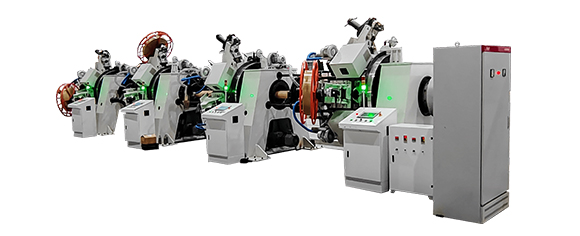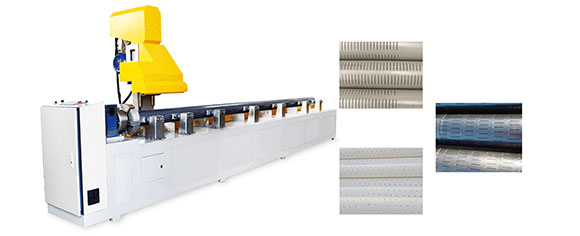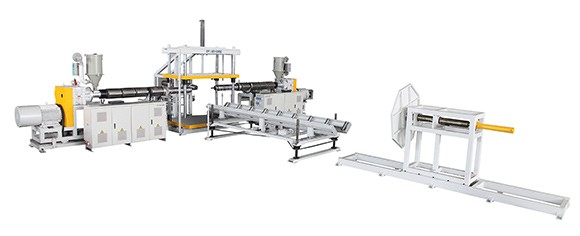News
Site Editor
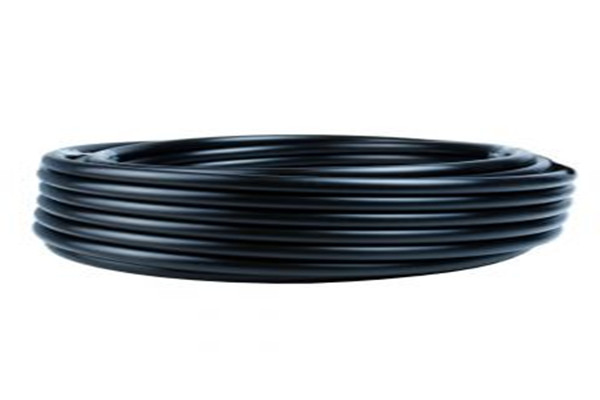 Site
/uploads/5cb96e23627a5.png
Polythene pipes were originated in New Zealand and Australia in the middle of the 1950s. Initially, they are available in the small-diameter but now you can get them in the diameter of 2000mm. The usage of the PE pipes is rapidly growing due to its advantages and versatility; Australia annually produces 40000 tons of PE pipes.
Site
/uploads/5cb96e23627a5.png
Polythene pipes were originated in New Zealand and Australia in the middle of the 1950s. Initially, they are available in the small-diameter but now you can get them in the diameter of 2000mm. The usage of the PE pipes is rapidly growing due to its advantages and versatility; Australia annually produces 40000 tons of PE pipes.
How are Different Kinds of PE Pipes Produced?
Views: 1313
Author: Site Editor
Publish Time: 2019-08-13
Origin: Site
Polythene pipes were originated in New Zealand and Australia in the middle of the 1950s. Initially, they are available in the small-diameter but now you can get them in the diameter of 2000mm. The usage of the PE pipes is rapidly growing due to its advantages and versatility; Australia annually produces 40000 tons of PE pipes.
PE pipe extrusion line manufacturer are helpful to overcome the need for fittings and joints. These pipes can be joined by using mechanical fittings or electro-fusion technique and butt. They are the perfect alternative of metal, cast iron, GRP and PVC pipes due to their durability, easy installation and strength. The main applications of these pipes are:
· Supply for the irrigation system
· Water supply for mine
· Water supply to urban and rural areas
· Sewage network
· Industrial sewage and fluid system
· Drainage system
· Power cable covering
· An optical fiber or cable covering
· Ventilation route
· Metal pipe covering
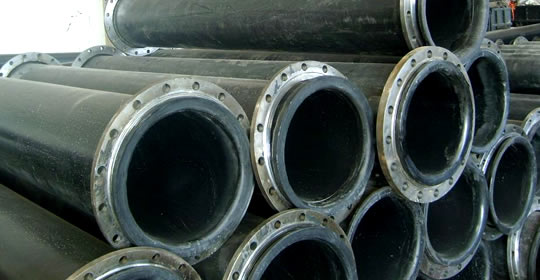
Types of PE Pipes
Polythene is very beneficial in our daily life. These pipes are available in various types in which these are some of the most common types
Low-Density Polyethylene Pipes
LDPE was firstly used in 1955; it is a thermoplastic bag which is developed due to petroleum. This PE hollow wall winding pipe extrusion line is too flexible for the use of the ground installation. On the other side, it has low crystallites than higher density polythene pipes. It also has low chemical resistance, but it helps to deliver water in the area of irrigation system. Furthermore, the density of LDPE is 0.92 g/cm3.
Linear Low-Density Polyethylene Pipes
These pipes are the same as low-density polythene pipes, but LLDPE pipes come with an advantage that its properties can change by adjusting the formula. Linear low-density polythene pipes do not entangle because of it many short branches. Due to its short branches it chains can slide opposite to each other. Its manufacturing gives it high strength, flexibility and prevents from damage. It has good chemical, water vapor resistance, but it has a poor gas barrier. The density of LLDPE lies between 0.91 to 0.94 g/cm3.
High-Density Polyethylene Pipes
This pipe is known due to its density ration, which lies in the range of 930 to 970 kg/m3. They are powerful pipes with high density; it has stiff plastic with a great crystalline structure. High-density polyethylene pipes can bear higher temperature. These PE pipe extrusion lines are easily applicable to the transportable water.
Ultra High Molecular Weight Polyethylene Pipe
UHMW is a plastic composite pipe which weight is greater than 1.5 million. It is polymerized by butadiene and ethylene monomer. These pipes have some of the significant properties such as it is impact resistance, corrosion resistance, abrasion resistance, and low temperature. Moreover, it is using in various industries such as in mining, petroleum, papermaking, chemical industry, textile industry, and many other industries. China does more work on this pipeline to make it more efficient for the future. Ultra-high molecular weight polyethylene pipe has a density of 0.928 to 0.941 g/cm3.





